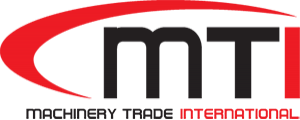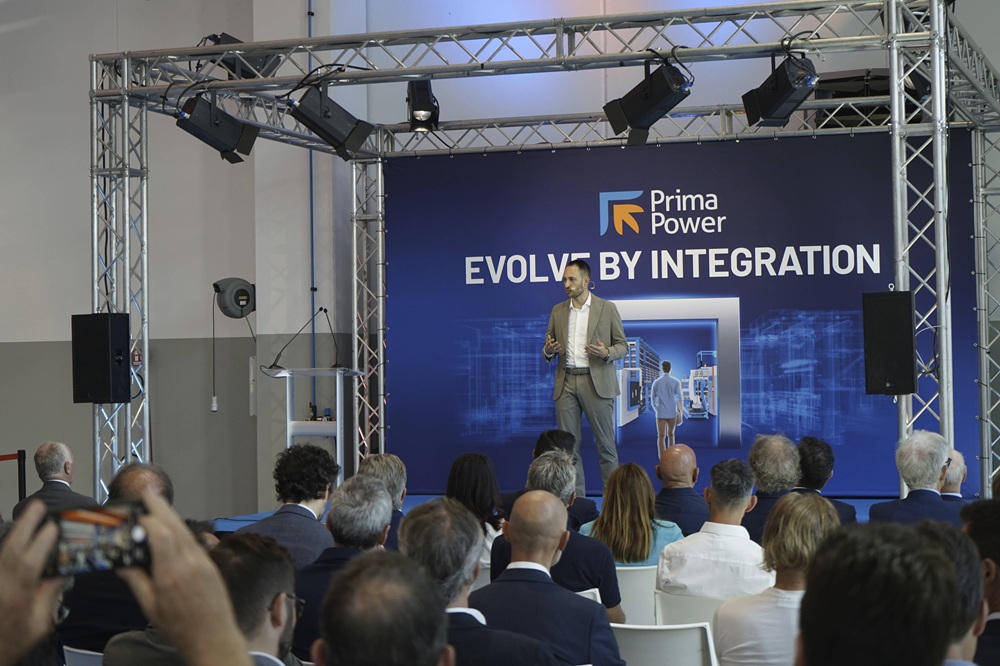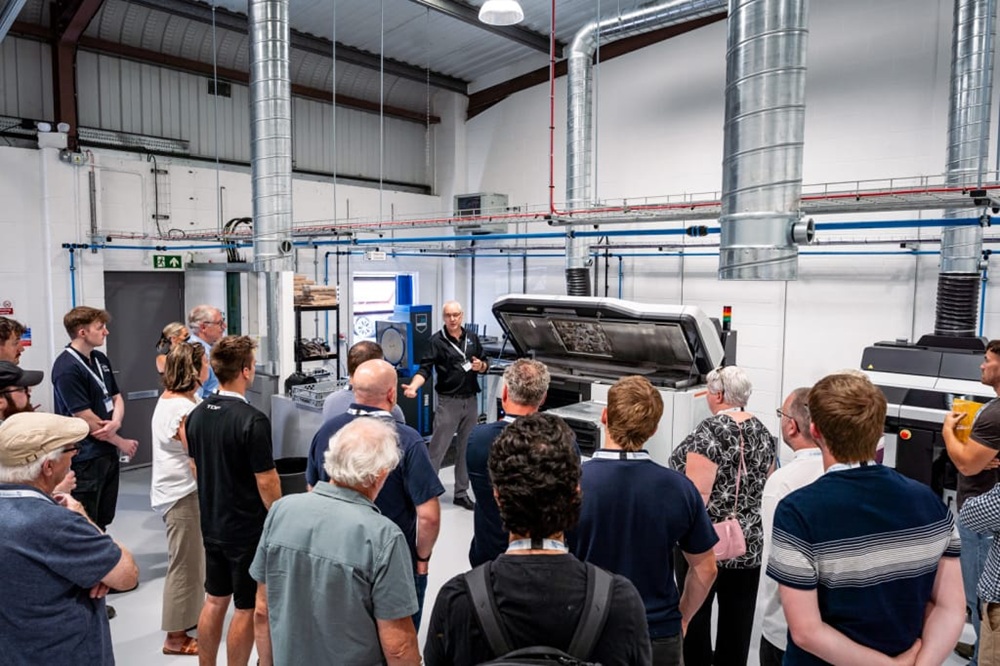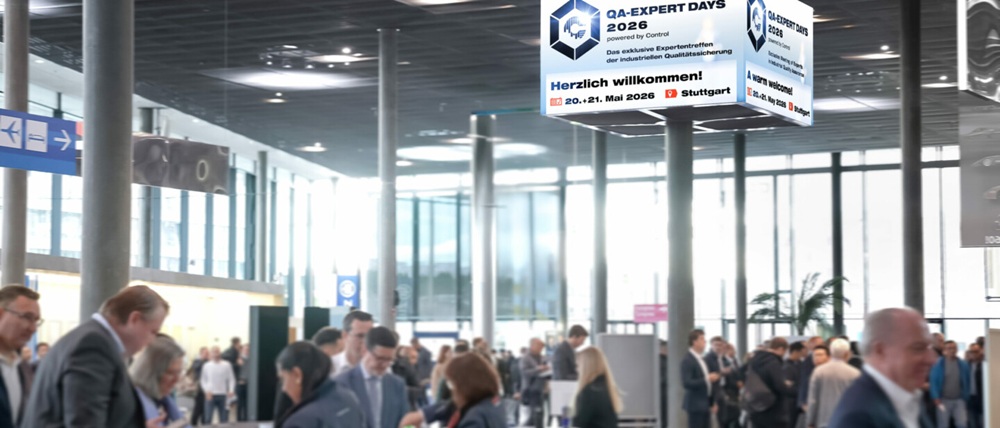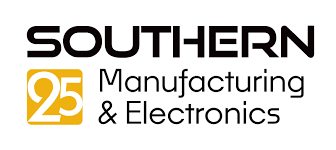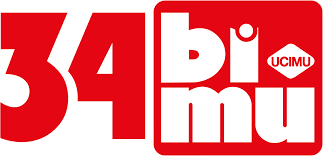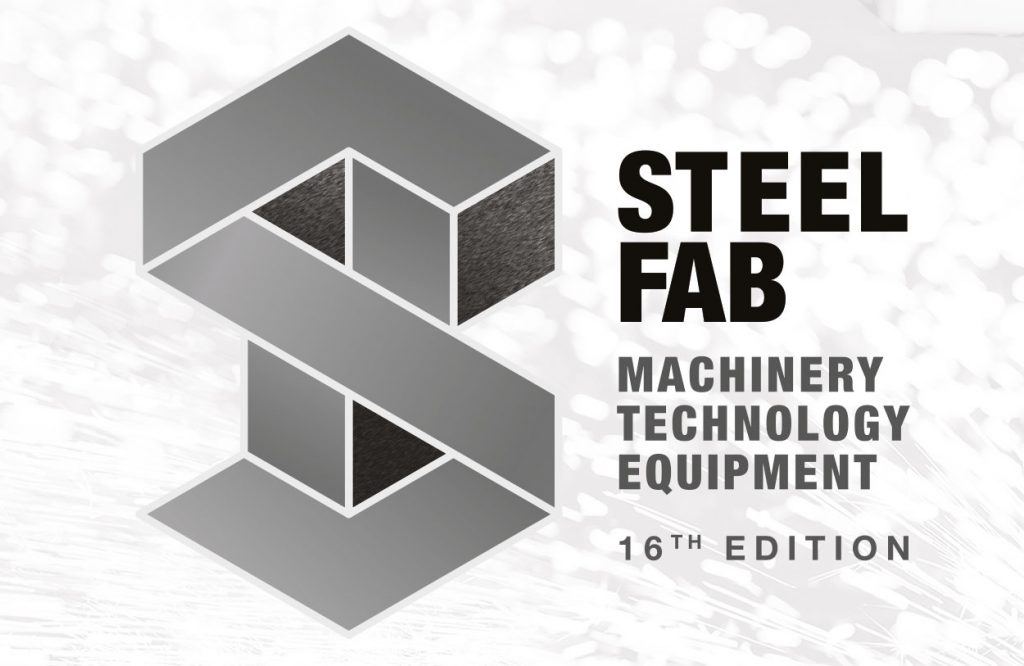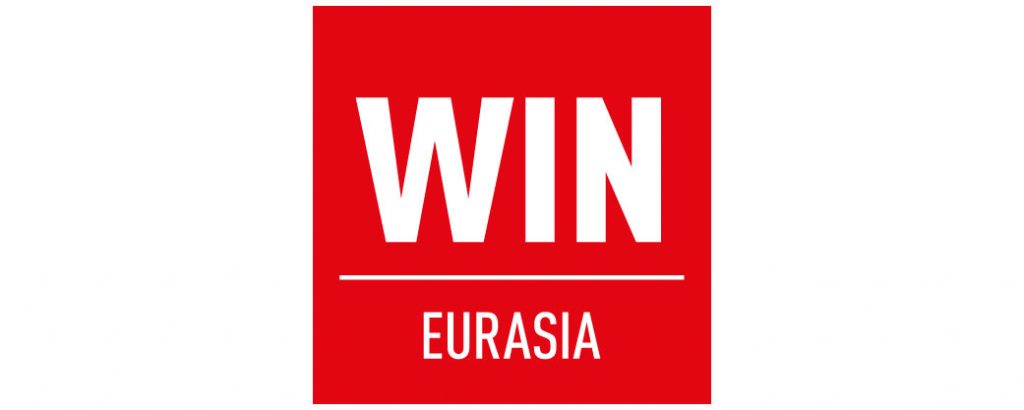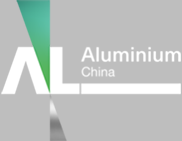Precision castings specialist Doncasters has commissioned a new fully automated shell line at its Groton facility in Connecticut, USA, a key advancement in the company’s long-term manufacturing strategy. The $13m capital investment expands the Groton site’s operational footprint by 17,000 ft² and introduces next-generation automation and environmental control systems. Equipped with three high-precision six-axis robots and the IC-Crystal Shell Management System for process management, the new line significantly enhances production capacity, part quality and operational reliability.
More information www.doncasters.com
